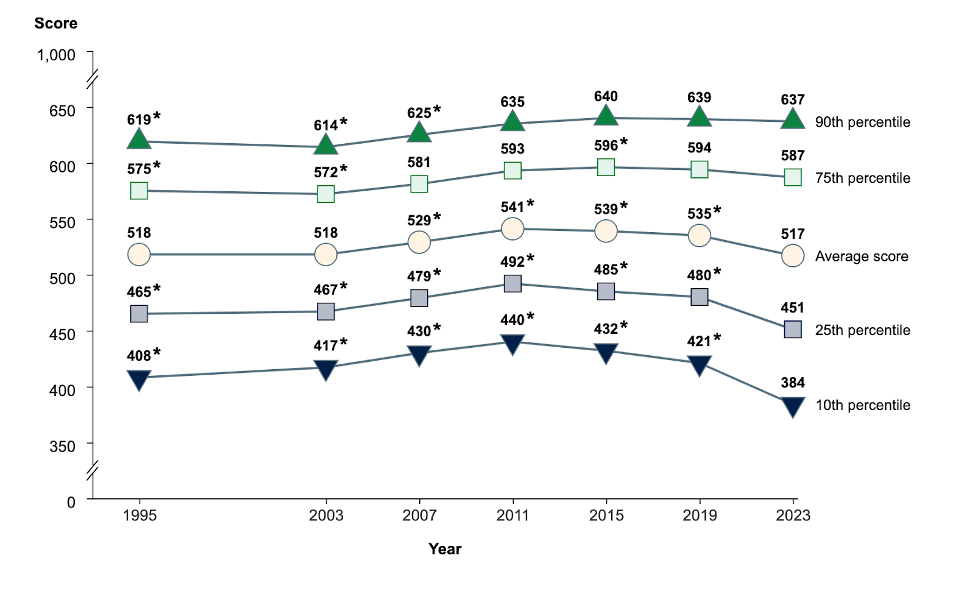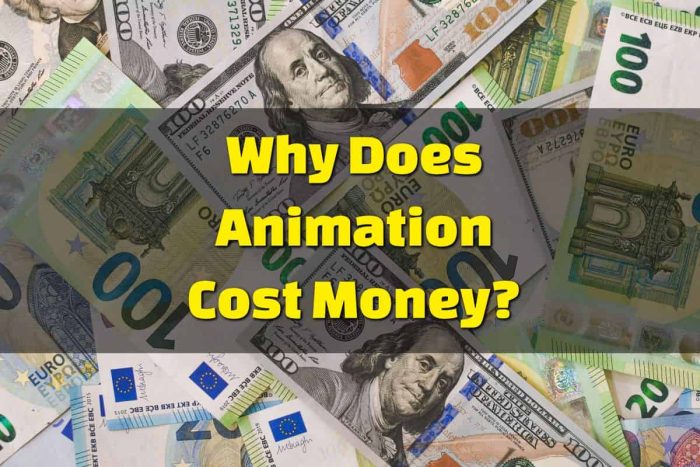How Do Animators Use Math In Their Career? Animators rely on math to animate and bring their creations to life on the screen. One of the key ways in which CG artists use principles of geometry and spatial reasoning....
How Do Animators Use Math In Their Career?
Animators rely on math to animate and bring their creations to life on the screen. One of the key ways in which CG artists use principles of geometry and spatial reasoning. They use computer techniques with mathematical concepts such as proportion, symmetry, and perspective to create objects that look visually appealing and realistic. They also use and apply principles of motion, such as velocity, acceleration, and trajectories. By using equations and algorithms, they can computers to create and calculate the movement of objects and characters accurately, giving their graphics a smooth and natural appearance.

Additionally, In this field of CG, math plays a crucial role in lighting and shading. So, These craftsmen need to understand concepts such as computer animation, angles, simulation, reflections, and shadows in order to create realistic and visually stunning visual effects in every frame. In short, It is an essential tool for these designers, allowing them to create captivating and believable movements that captivate audiences and deal with objects that move and change. Big studios like Pixar allow animators to work with more creative freedom because creating animations that reflect real life requires significant accuracy in depicting a rendered frame.
How Do Animators Use Geometric Modeling?
Geometric modeling plays a crucial role in the world of Computer graphics, enabling those skilled people to bring their creative visions to life with precision and accuracy. By leveraging their new mathematics skills and understanding of various concepts, animators can work and create complex and realistic motion designs that captivate audiences. One way these artists use modeling techniques is by working with different figures, such as polygons. These shapes serve as the building blocks for creating characters, objects, and environments within a scene. By manipulating these polygons through techniques like subdivision, animators can refine the shapes and sizes of their creations to achieve the desired level of detail.
Additionally, this is used very much in multimedia to simulate real-world physics, special effects, and movement. A successful animator is an artist who besides obeying utilizes knowledge of many algebraic equations to calculate trajectories, forces, and collisions accurately. This mathematical foundation allows them to use math in their career and create frames that adhere to the laws of physics while still conveying a sense of imagination and creativity.
In summary, geometric modeling is an essential tool for animators as it enables them to translate their artistic ideas into visually stunning drawings. By applying these concepts and utilizing linear algebra effectively, they can create compelling HD renders that entertain and engage audiences across various mediums including film and video games.
Math In Character Modeling
Mathematics plays a crucial role in the process of creating character modeling, allowing artists to use linear algebra to show and create realistic and visually appealing illusions on the screen. it also helps in representing and manipulating three-dimensional objects in computer graphics. By using coordinate systems, artists can position and rotate characters within a virtual environment. This allows for precise control over every aspect of geometrical figures, ensuring that they appear lifelike and interact realistically with their surroundings.

Integral calculus also finds its application in character modeling. It helps to calculate surface areas, volumes, and other properties of complex shapes, allowing artists to accurately represent intricate details on the characters’ surfaces and make a realistic impact. Trigonometry plays a significant role as well. Solid knowledge of trigonometric functions allows the animator to calculate angles, movement patterns, and distances between different parts of a character’s body. This knowledge enables them to create smooth and natural movements by ensuring that joints bend correctly and limbs move realistically.
In summary, it is an essential tool for character modeling as it provides the foundation for creating visually stunning renders on screen. From linear algebra to integral calculus and trigonometry, these math subjects and concepts enable artists to bring computer-generated characters to life with precision and realism.
What Does an Animator Do?
Animators are the talented individuals behind the creation of visually stunning and captivating motions. They use their creativity, imagination, and technical skills to turn static images into dynamic, moving masterpieces. Whether it’s crafting characters for the big screen or designing something for video games, they help create small and big-budget projects and their work is incredibly rewarding. Every frame they create tells a story, evokes emotions, and transports viewers to imaginative worlds.
What Kind Of Math Do You Need For Animation?
You’ll need to understand math concepts to create realistic characters and objects, and trigonometry to master smooth camera movements. Don’t forget about calculus, which helps bring motion to life with seamless transitions. So embrace this subject, because it’s the key to unlocking limitless possibilities in the mesmerizing field of art!
Final Thoughts:
So, That was all about using math using basic mathematical concepts by animators. To form a continuous movement, artists often use either storyboards or computer visuals and work in a variety of groups to enhance their observation and skills. And if any animation enthusiast wants to work in big animation studios like Pixar, not only you need to have a bachelor’s degree in arts but also a solid understanding of the movements, life drawing, art history, and studio art can help as well. So we hope you really enjoyed this article. Thanks for reading this article.
The post How Do Animators Use Math appeared first on Animation Alerts.














